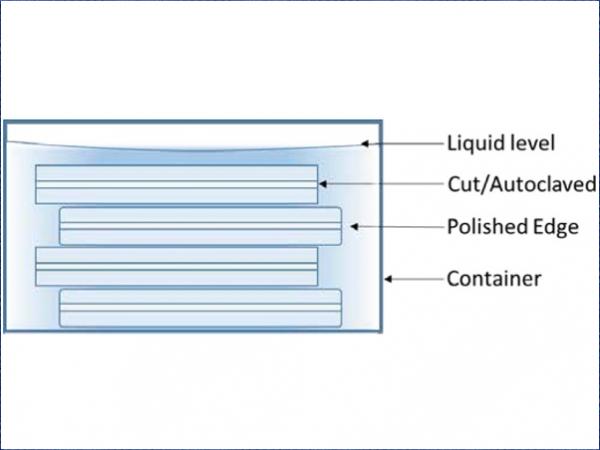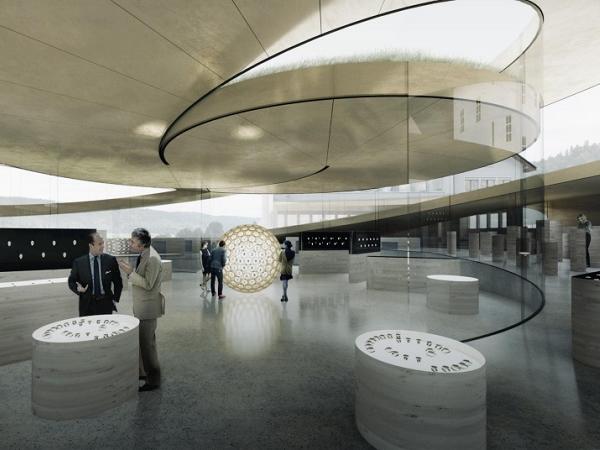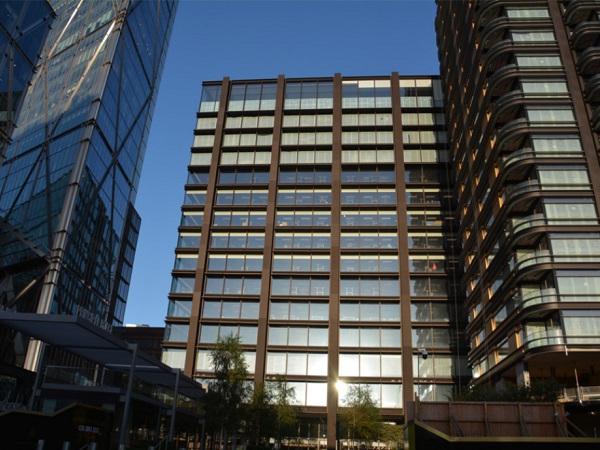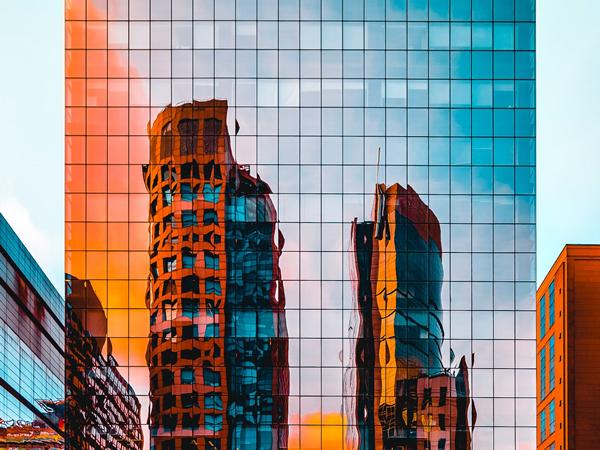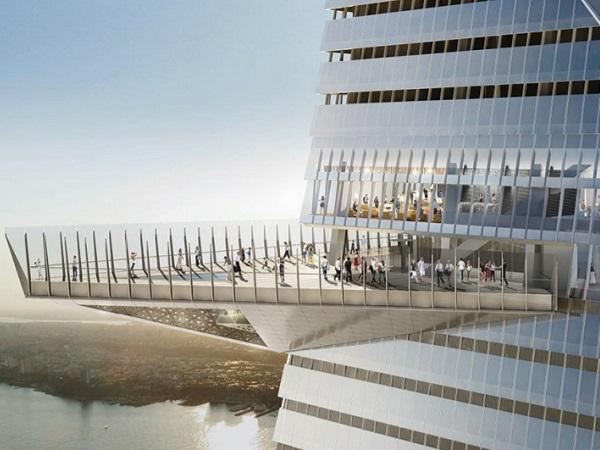Others also read
| Warm-bent laminated glass is obtained by elastically curving glass plies against a constraining negative mould and by performing, in this condition, the lamination process in autoclave.
| This paper will present exposure protocols including natural weathering, sealants, salt fog and immersion that are used to determine the edge stability characteristic of laminated glass configurations.
| The museum “La Maison des Fondateurs” in Le Brassus, Switzerland will represent the watch making manufacture Audemars Piguet. Audemars Piguet stands for the finest quality, precision as well as innovation based on traditional watchmaking expertise and craftsmanship.
| This paper aims to present the different type of modulus data that have recently become available in terms of conventional load scenarios, and analyze the effect of different modulus data sources on effective thickness.
| Glass balustrades are a common application of laminated glass, wherein the glass panel acts as a structural member that is required to sustain lateral design loads as stipulated by building regulations.
| The reduction of greenhouse gases is one of the most important goals of the international climate policy. Today, roughly one third of all greenhouse gas emissions is created by urban population.
| In several standards such as EN 1288 test scenarios for the determination of strength of glass is described.
| Glass panes adhesively-bonded to structural profiles allow for the design of stiff, robust and transparent sandwich structures.
| A pedestrian glass bridge, located at the TU Delft campus site, is being designed by the TU Delft Glass & Transparency Group.
| The refurbishment of Hall access involves the complete demolition of existing access for the construction of a new lobby with greater transparency. To get this new image, the architect choose a solution in structural glass, without other structure.
| Durability Testing Under Climatic Influences and Mechanical Loads
| In 2015 a pavilion mainly built of glass was finished. The building contractors themselves planned it as a transparent extension of their detached house to the garden.
| In the last decade there has been a trend in Architecture to design façades in which all structural elements are made of glass. This trend has also extended to other parts of the building such as rooflights, staircases, etc.
| 111 Main presented a unique challenge of façade design.
| This paper aims to answer a simple and elemental question: how do we qualify and quantify thermal comfort in highly glazed spaces with diverse occupants’ use and expectation?
| The Vacuum Insulated Glazing (VIG) is a unique thermally insulating window technology that can provide significant advantages over the conventional insulating units.
| The combination of the double-skin concept with unitized systems made current typologies of double glazed units possible.
| During a recent project to understand the ability to use Transparent Structural Silicone Adhesive (TSSA) via linear bonding for cable wall fittings, a unique aspect of the material indicates a potential novel method for cold bending glass.
| This paper presents the results of an exploratory study into the metal-to-glass bond strength of a structural polyvinyl butyral (PVB) interlayer.
| Façades play an important role in the control of energy flow and energy consumption in buildings.
| Numerous innovations have been seen in the last decades concerning new façade technologies. These were driven by new materials or new applications of known materials, such as glued-on wall structures (structural glazing) in the 60’s and 70’s.
| Glass distortions may cause objects to appear irregular and out of focus when observed through a distorted glass panel.
| The aim of this paper is to show that it is possible to reduce costs while maintaining clear architectural, constructive and structural concepts.
| Structural, architectural and installation demands must all be considered in glass structures. The best solutions do not form a compromise between these demands but integrate them into one solution.


